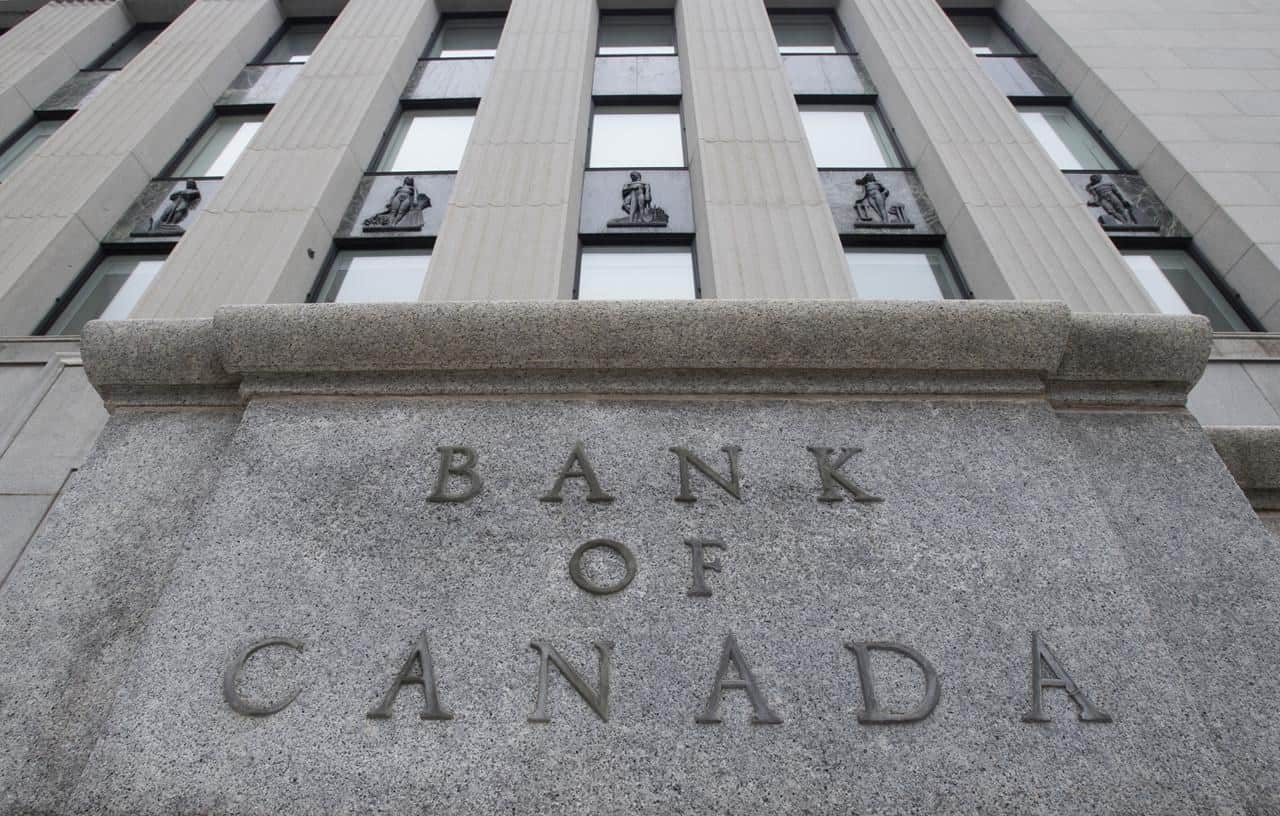Bank of Canada raises key interest rate to the highest it has been since 2007
Published January 25, 2023 at 1:19 pm

Bad news for those with a mortgage coming up for renewal or those looking to get a mortgage — the Bank of Canada raised the key interest rate again.
The Bank of Canada announced today (Jan. 25) that it has raised the key policy rate (or overnight rate) to 4.5 per cent — an increase of 25 basis points. This is the highest the Bank of Canada’s key rate has been since 2007.
The key policy rate, also known as the target for the overnight rate, is how much interest the Bank of Canada wants commercial banks to charge when lending each other money overnight to settle daily balances.
So each time the rate goes up, the cost to get a mortgage increases and the real estate market has steadily cooled since the first rate hike in March last year. In several Ontario communities, real estate prices dropped 12 to 14 per cent year-over-year in December.
With a 25-basis-point hike, prime rates can be expected to rise to 6.7 per cent and variable rates will be set at about 5.75 per cent and above, said Leah Zlatkin, a mortgage broker with LowestRates.ca.
Assuming their mortgage has a 25-year amortization and they had a 15 per cent down payment, she said a homeowner with a variable mortgage rate of 5.45 per cent on a home priced at $700,000 will have a monthly mortgage payment of around $3,716.
The same mortgage at 5.7 per cent will see monthly mortgage payments increase to about $3,805, an $89 jump per month, she added.
“This will put greater pressure on an already struggling housing market,” Zlatkin said in a news release.
This is the eighth consecutive time the Bank of Canada has raised the cost of borrowing.
The rate hikes help fight inflation. But global inflation remains high and broad-based, the Bank of Canada said in a press release today (Jan. 25).
“Inflation is coming down in many countries, largely reflecting lower energy prices as well as improvements in global supply chains,” the Bank of Canada noted.
In the United States and Europe, economies are slowing but proving more resilient than was expected at the time of the Bank’s October report. World events such as China’s abrupt lifting of COVID-19 restrictions and Russia’s war on Ukraine are a source of uncertainty.
Bank of Canada increases policy interest rate by 25 basis points, continues quantitative tighteninghttps://t.co/4f0sbVBQtC#economy #cdnecon
— Bank of Canada (@bankofcanada) January 25, 2023
“Financial conditions remain restrictive but have eased since October, and the Canadian dollar has been relatively stable against the US dollar.”
In Canada, recent economic growth has been stronger than expected and the economy remains in excess demand. Labour markets are still tight: the unemployment rate is near historic lows and businesses are reporting ongoing difficulty finding workers.
The Bank estimates Canada’s economy grew by 3.6 per cent in 2022, slightly stronger than was projected in October.
Growth is expected to stall through the middle of 2023, picking up later in the year.
Despite the fact that inflation declined from 8.1 per cent in June to 6.3 per cent in December, household spending is decreasing.
“Canadians are still feeling the hardship of high inflation in their essential household expenses, with persistent price increases for food and shelter,” the Bank notes. “Short-term inflation expectations remain elevated.”
Inflation is projected to come down significantly this year. Lower energy prices, improvements in global supply conditions, and the effects of higher interest rates on demand are expected to bring inflation down to around three per cent in the middle of this year and back to the two per cent target in 2024.
Economists expect today’s rate hike to be the last of the cycle but the Bank of Canada noted the governing council is prepared to increase the policy rate further if needed to return inflation to the two per cent target.
Given there is a delay between hikes and their effects on spending, the Bank of Canada is expected to monitor how the economy evolves in the coming months.
With files from the Canadian Press
INsauga's Editorial Standards and Policies


